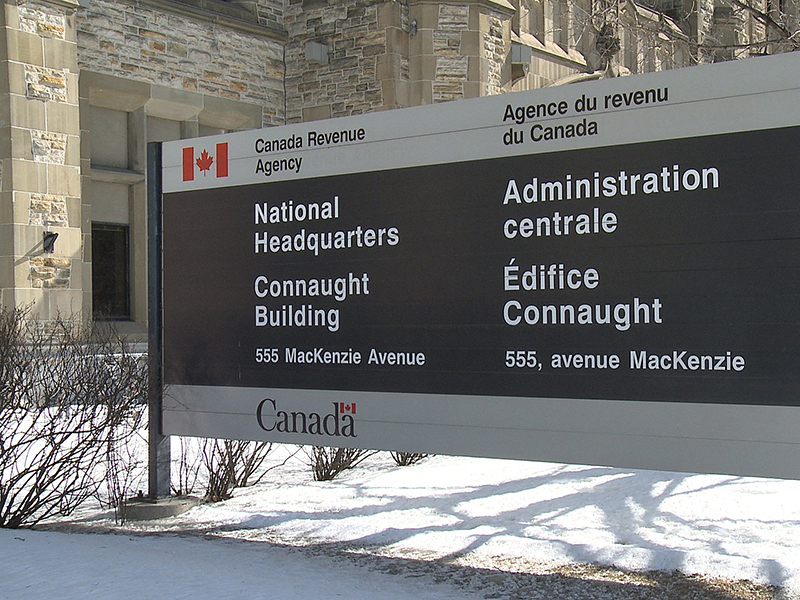
The Canada Revenue Agency (CRA) has released the form with which trustees must begin reporting beneficial ownership information under the expanded reporting regime for trusts.
A completed Schedule 15, Beneficial Ownership Information of a Trust, must be filed annually along with the T3 trust income tax and information return under the new rules. The CRA posted the new form on its website Friday.
The new expanded trust reporting rules will require trusts with taxation years ending on or after Dec. 31, 2023, to provide information about “reportable entities,” which include beneficiaries, trustees, settlors and protectors of a trust.
Under Part B of Schedule 15, the trust must specify whether the reportable entity is a natural person, corporation, trust or other, and then provide the name, address, date of birth (if a natural person), jurisdiction of residence and taxpayer identification number for each reportable entity.
The information is required for any reportable entity added or modified in the tax year. If an entity ceased to be a reportable entity in the tax year, the information is still required but won’t be carried forward to the next tax year.
Part A of the form is used to indicate whether the trust is reporting the beneficial information for the first time and whether the beneficial ownership for the trust has changed in the year. If the answer is yes to either question, the trustee must complete parts B and C (if applicable). If the answer is no to both questions, the schedule is complete.
Part C of the form is used to provide information about beneficiaries the trustee cannot list by name, such as unborn children or grandchildren.
At the STEP Canada national conference held in Toronto earlier this month, a CRA official confirmed that trustees must provide information about contingent beneficiaries under the new trust reporting rules, regardless of how remote their interest.
Schedule 15 directs taxpayers to consult chapter 3 of the T3 Trust Guide for information on completing the schedule. However, the CRA has not released the T3 Trust Guide for 2023.
The government first proposed stricter rules on trust reporting in the 2018 federal budget as part of its broader effort to combat aggressive tax planning, tax evasion and money laundering. The rules were meant to be effective for trusts with year ends on Dec. 31, 2021 and later, but the effective date was delayed twice pending the passage of enabling legislation in Bill C-32.
Under prior legislation, generally only trusts with taxes payable for the year or those that dispose of capital property had to file an annual trust return. Under the expanded rules, many trusts will be filing a T3 return for the first time. The filing deadline for trusts is 90 days after the trust’s year end.
Certain trusts are excluded from the new reporting requirements. These include mutual fund trusts and registered plans, trusts in existence for less than three months, and those with less than $50,000 in asset value — as long as those assets consist only of money and securities traded on a designated exchange (as well as certain other assets).